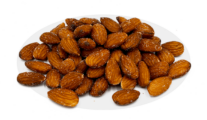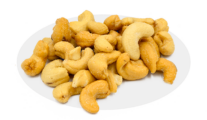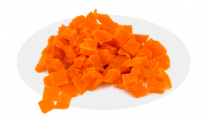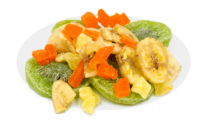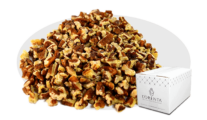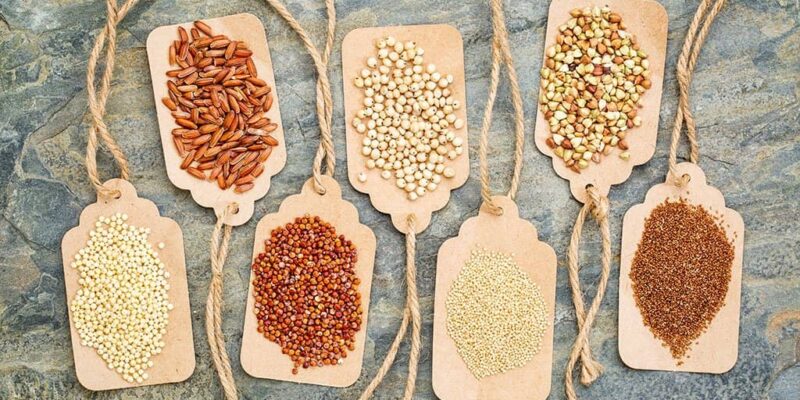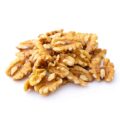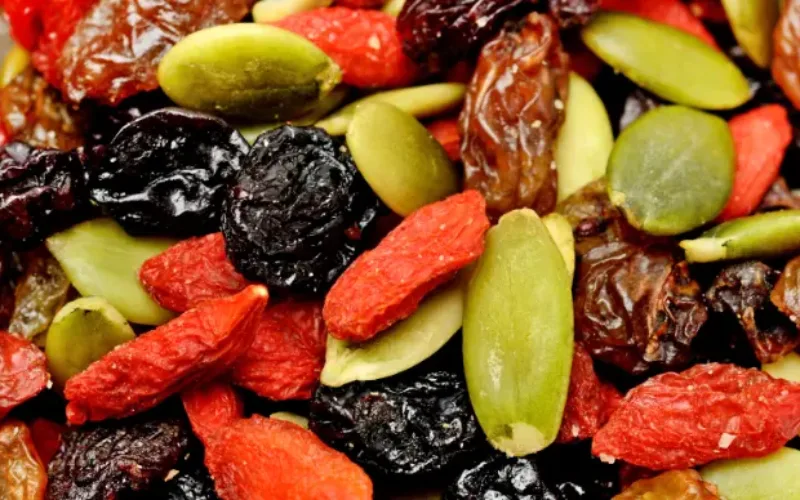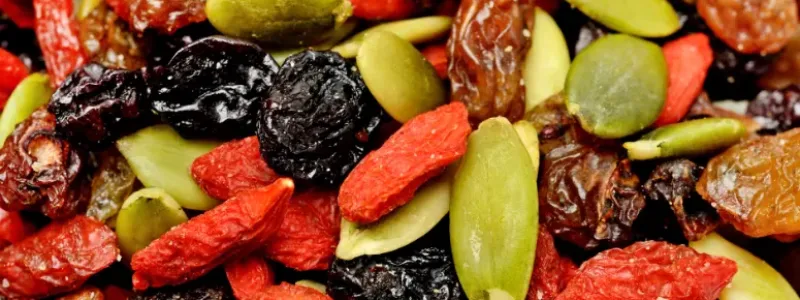Written By Sam Henselijn
The Beginner’s Guide to Going Gluten-Free will help you get started. You’ve heard the buzz around going gluten-free and want to learn more. Whether you have no idea what gluten is and need some basic information or know everything about it and want some tips on living a healthy free lifestyle, L’Orenta Nuts is here to help.
Understanding Gluten:
Gluten is a protein found in wheat, barley, and rye, and it’s commonly present in many staple foods. For individuals with gluten-related disorders like celiac disease or non-celiac gluten sensitivity, eliminating gluten from their diet is crucial to avoid adverse health effects.
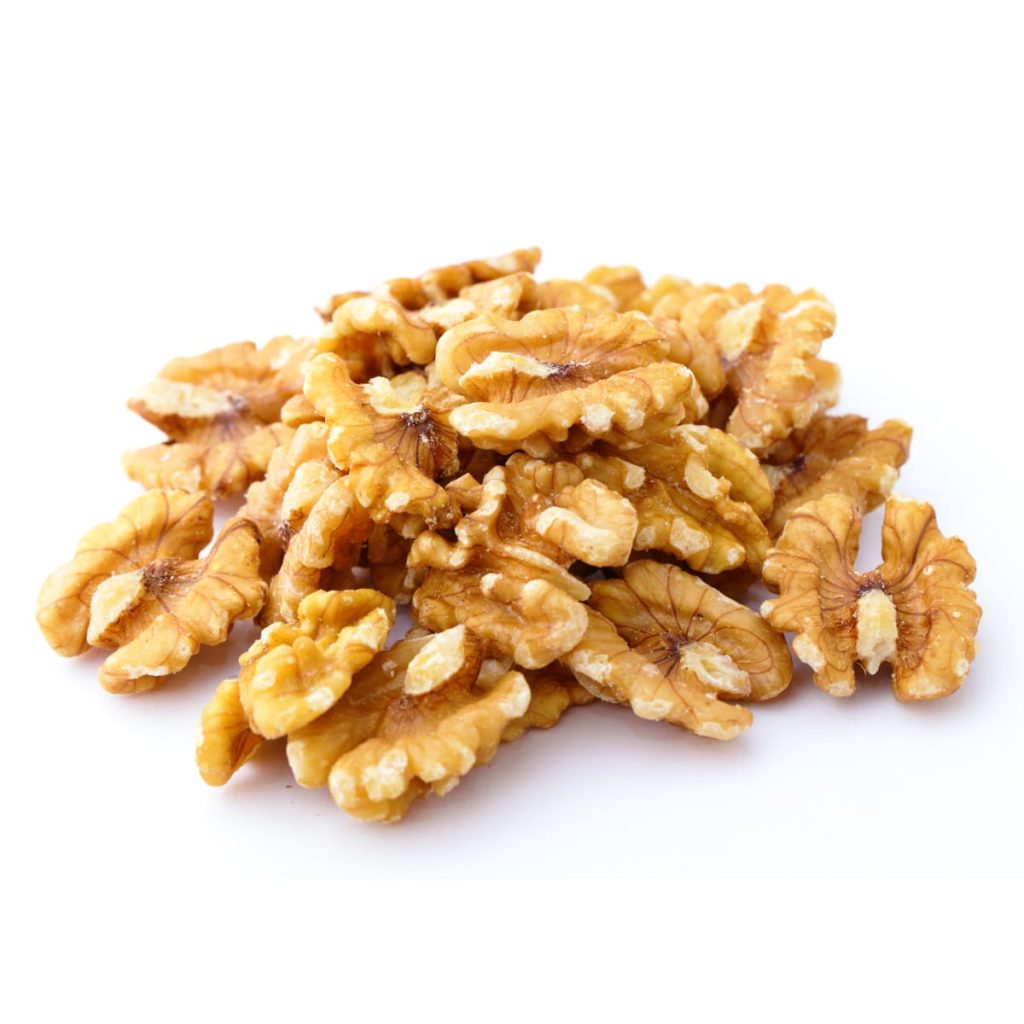
Getting Started:
- Educate Yourself: Before diving into a gluten-free lifestyle, familiarize yourself with gluten-containing foods and their alternatives. Grains like quinoa, rice, and oats are gluten-free and serve as excellent substitutes.
- Read Labels: Learn to decipher food labels for hidden sources of gluten. Gluten can hide in unexpected places, such as sauces, seasonings, and processed foods. Familiarize yourself with safe and unsafe ingredients to make informed choices.
- Naturally Gluten-Free Foods: Embrace naturally gluten-free options like fruits, vegetables, lean proteins, and dairy. These form the foundation of a balanced and wholesome gluten-free diet.
Navigating the Kitchen:
- Gluten-Free Flours: Experiment with gluten-free flours like almond, coconut, or rice flour in your baking endeavors. These alternatives not only cater to your dietary needs but also bring unique flavors and textures to your creations.
- Dedicated Kitchen Space: To avoid cross-contamination, designate specific kitchen utensils, cutting boards, and cooking equipment for gluten-free foods. Thoroughly clean surfaces after preparing gluten-containing dishes.
Eating Out Gluten-Free:
- Communicate with Restaurants: When dining out, communicate your dietary needs with the restaurant staff. Many establishments offer gluten-free menus or can modify dishes to accommodate your requirements.
- Choose Naturally Gluten-Free Options: Opt for dishes that naturally exclude gluten, such as grilled meats, salads, and gluten-free grain bowls. This ensures a safer dining experience.
Social and Emotional Aspects:
- Educate Friends and Family: Share your gluten-free journey with friends and family to create a supportive environment. Educate them about the importance of avoiding cross-contamination and understanding your dietary needs.
- Embrace Gluten-Free Communities: Join online or local gluten-free communities to connect with others on a similar journey. Exchange tips, recipes, and experiences to make the transition more enjoyable.
The Beginner’s Guide to Going Gluten-Free
Delicious Gluten-Free Recipes:
- Gluten-Free Banana Almond Muffins: Indulge in the sweetness of ripe bananas and the nutty goodness of almonds with these delightful muffins. A gluten-free twist on a classic favorite, they make for a perfect breakfast or snack option.
- Quinoa Salad with Grilled Chicken: Elevate your lunch game with a hearty quinoa salad featuring grilled chicken, fresh vegetables, and a zesty vinaigrette. Packed with protein and gluten-free grains, it’s a satisfying and nutritious choice.
Gluten is a binding protein found in grains such as wheat, barley, and rye. Gluten is found in many foods, primarily those made from wheat and grains like bread, pasta, cereal, and baked goods. However, gluten is also found in a variety of foods that you wouldn’t expect. Due to its binding properties, it is often used as a thickener in a variety of products. It can also be found in certain alcohols that use fermented grains.
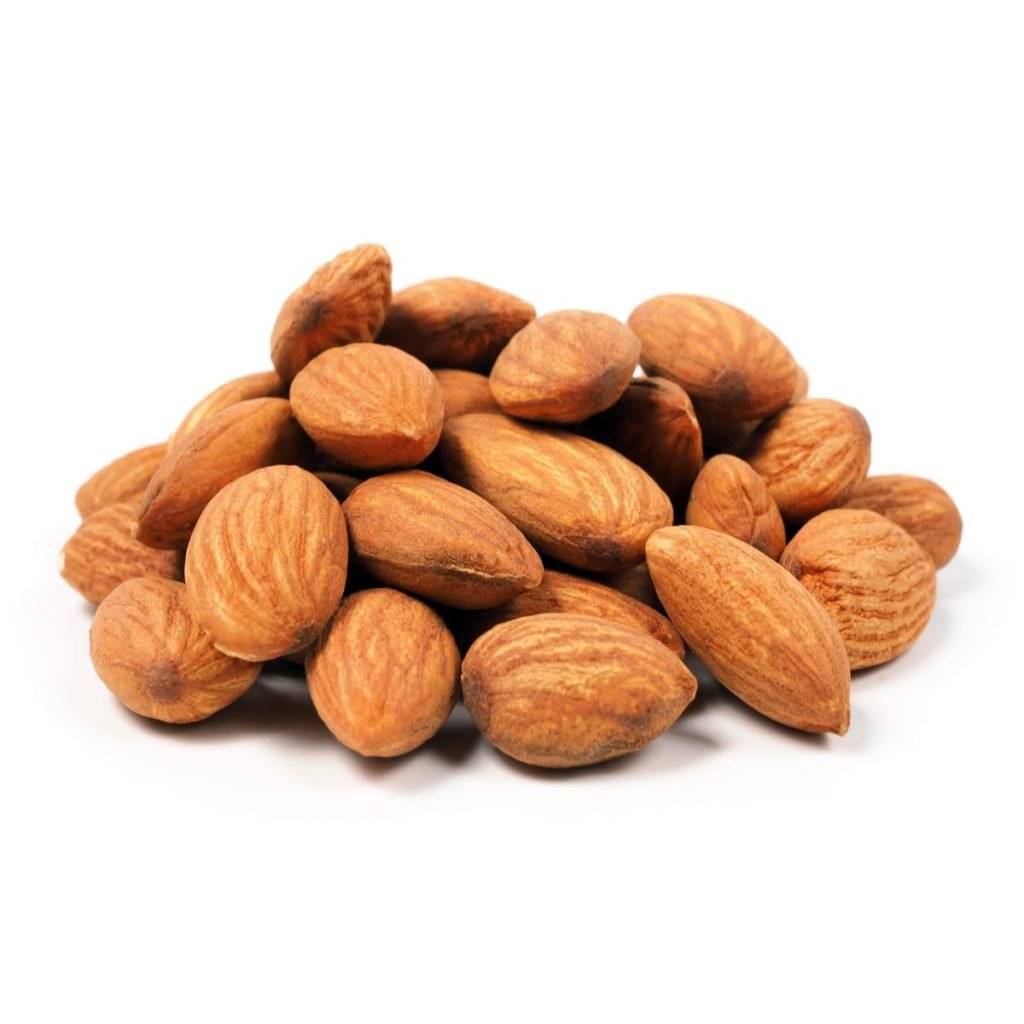
Despite the widespread use of gluten in foods, once you know what to look for when shopping, you can easily switch to a gluten-free diet. While food manufacturers are not required to label gluten in foods, many choose to voluntarily label their gluten-free options. If you are unsure if a food is gluten-free, bring along a cheat-sheet with you to the grocery store or restaurant so you double-check any products you buy. After a while, you’ll become familiar with your options and eating gluten-free will feel natural.
The biggest difficulty in eating gluten-free is packaged food and snacks. Most whole foods, like produce and meat, are naturally gluten-free. But packaged foods can often be difficult to figure out. Additionally, when you go gluten-free, you will need to have your own packaged snacks on hand in case you can’t find an easy gluten-free option. Luckily, companies have begun to produce more gluten-free packaged options so you won’t have to go hungry. If you’re looking for a healthy energy bar, check out our Fruit Fusion bars. Available in three flavors, Fruit Fusion bars are gluten-free, as well as low-calorie, vegan and lactose-free. They’re a great starting point for your gluten-free journey.
Conclusion:
Embarking on a gluten-free lifestyle is a journey toward improved health and well-being. Armed with knowledge, delicious recipes, and a supportive community, the transition becomes not only manageable but also enjoyable. Whether you’re managing a gluten-related disorder or choosing gluten-free for a healthier lifestyle, this beginner’s guide is your comprehensive companion on the road to gluten-free living.
What are the first steps to going gluten-free?
To embark on a gluten-free journey, educate yourself on gluten-containing foods, read labels diligently, explore naturally gluten-free options, experiment with gluten-free flours, and designate a dedicated kitchen space. Embrace a foundation of fruits, vegetables, lean proteins, and dairy.
What happens to your body when you start eating gluten-free?
When you start eating gluten-free, your body may experience improved digestion, reduced inflammation, increased energy levels, and relief from symptoms associated with gluten-related disorders. However, individual responses vary, and consulting a healthcare professional is advisable.
Sam Henselijn Author’s Biography – Meet L’Orenta Nuts CEO
Copyright 2024 L’Orenta Nuts
L’Orenta Nuts proudly holds the SQF food safety certification, symbolizing our unwavering dedication to upholding the highest standards of food safety and quality. This certification guarantees that our products undergo rigorous scrutiny, ensuring transparency, traceability, and adherence to global food safety regulations for the utmost consumer confidence.
L’Orenta Nuts has the HACCP (Hazard Analysis and Critical Control Points) certification is a systematic approach to identifying, evaluating, and controlling food safety hazards. It ensures that food products are produced and handled in a manner that minimizes risks and complies with safety standards.
Our GMP (Good Manufacturing Practices) certification ensures that a manufacturing facility adheres to comprehensive quality and safety standards while producing pharmaceuticals, food, and other consumer goods, promoting consistency, quality, and compliance with regulatory requirements.
L’Orenta is an FDA-approved manufacturing facility and has met the rigorous standards set by the U.S. Food and Drug Administration. It demonstrates compliance with regulations, ensuring the production of safe and high-quality food products.


